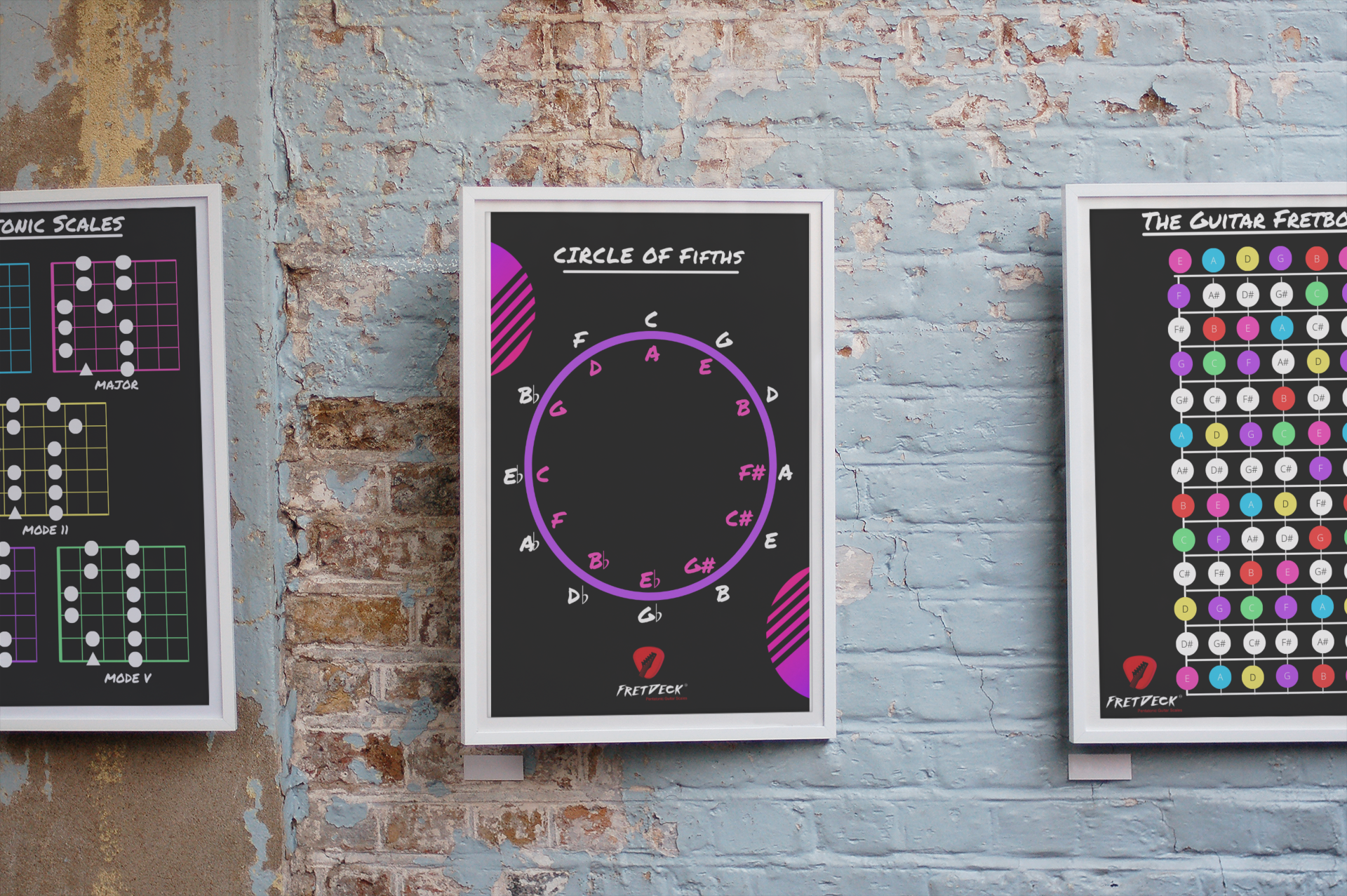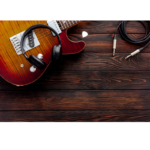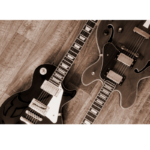How to play guitar lesson can be an exhilarating journey, filled with new discoveries and the joy of making music. To master the instrument, it’s essential to focus on three core pillars: pentatonic scales, chords, and arpeggios. In this comprehensive guide, we will explore these pillars, providing practical examples in the key of G. Additionally, we’ll share inspiring success stories from students who have transformed their playing by embracing these fundamentals.
Pillar 1: Pentatonic Scales, How to play guitar lesson
The pentatonic scale is often the first scale guitarists learn. It’s versatile, relatively easy to play, and forms the foundation for many genres, including rock, blues, and country. In the key of G, the G major pentatonic scale consists of the notes G, A, B, D, and E. The G minor pentatonic scale includes G, Bb, C, D, and F.

Download FREE Guitar Charts!
We have 27 FREE guitar charts to help you learn the guitar fretboard. Learn How to play chords and scales with these free resources.
Free Guitar Resources
G Major Pentatonic Scale
Here’s the G major pentatonic scale in open position:
e|-------------------0-3-|
B|---------------0-3-----|
G|-----------0-2---------|
D|-------0-2-------------|
A|---0-2-----------------|
E|-3---------------------|
And here it is in the fifth position:
e|------------------------3-5-|
B|--------------------3-5-----|
G|---------------2-4----------|
D|-----------2-5--------------|
A|-----2-5--------------------|
E|-3-5------------------------|
G Minor Pentatonic Scale
Now, the G minor pentatonic scale in the third position:
e|------------------------3-6-|
B|--------------------3-6-----|
G|---------------3-5----------|
D|-----------3-5--------------|
A|-----3-5--------------------|
E|-3-6------------------------|
Success Story: Darren’s Breakthrough
Darren, one of my students, struggled with improvisation. By focusing on the G minor pentatonic scale, he learned to craft soulful solos. He practiced diligently, moving between positions and incorporating bends and slides. Within months, Darren could confidently improvise over blues progressions, impressing his peers and boosting his self-esteem.
Pillar 2: Chords, How to play guitar lesson
Chords are the backbone of rhythm guitar. Mastering chords in various positions and voicings allows you to accompany songs and create rich harmonic textures. In the key of G, essential chords include G major, C major, D major, E minor, A minor, and B minor.
Open Chords in G
Here are the basic open chords:
- G Major:
e|---3---|
B|---3---|
G|---0---|
D|---0---|
A|---2---|
E|---3---|
- C Major:
e|---0---|
B|---1---|
G|---0---|
D|---2---|
A|---3---|
E|-------|
- D Major:
e|---2---|
B|---3---|
G|---2---|
D|---0---|
A|-------|
E|-------|
- E Minor:
e|---0---|
B|---0---|
G|---0---|
D|---2---|
A|---2---|
E|---0---|
- A Minor:
e|---0---|
B|---1---|
G|---2---|
D|---2---|
A|---0---|
E|-------|
- B Minor (barre chord):
e|---2---|
B|---3---|
G|---4---|
D|---4---|
A|---2---|
E|-------|
Chord Progressions
Combining these chords creates beautiful progressions. Here’s a common one in the key of G:
G - C - D - G
Success Story: Jack’s Rhythm Revival
Jack, another student, wanted to enhance his rhythm guitar skills. By focusing on chord transitions and strumming patterns in the key of G, he gained the confidence to play along with his favorite songs. Jack used the FretDeck to visualize chord shapes and practice efficient finger placements. His rhythm playing became more fluid, and he started performing at local open mics, earning praise for his solid timing and expressive strumming.
Pillar 3: Arpeggios, How to play guitar lesson
Arpeggios are the notes of a chord played in succession, rather than simultaneously. They add a melodic element to your playing and are crucial for both rhythm and lead guitar. In the key of G, mastering major and minor arpeggios will enhance your musical vocabulary.
G Major Arpeggio
Here’s a G major arpeggio:
e|--------------------3-|
B|-----------------3----|
G|--------------4-------|
D|-----------5----------|
A|-----2-5--------------|
E|-3--------------------|
G Minor Arpeggio
And a G minor arpeggio:
e|--------------------3-|
B|-----------------3----|
G|--------------3-------|
D|-----------5----------|
A|-----5----------------|
E|-3--------------------|
Success Story: Sarah’s Melodic Mastery
Sarah had a solid grasp of chords and scales but wanted to add more complexity to her solos. By integrating arpeggios into her practice routine, she could create more intricate and engaging melodies. Sarah practiced the G major and minor arpeggios, blending them with pentatonic scales. Her solos became more dynamic, and she received positive feedback from her bandmates and audience.
Integrating the Pillars
To become a well-rounded guitarist, it’s essential to integrate these pillars into your practice routine. Here are some tips:
- Practice Scales with Chords: Combine scale practice with chord progressions. For example, play the G major pentatonic scale over a G-C-D-G progression.
- Use Arpeggios in Solos: Incorporate arpeggios into your solos to add a melodic touch. Practice transitioning between scale runs and arpeggios seamlessly.
- Explore Different Positions: Learn scales, chords, and arpeggios in various positions on the fretboard. This will give you greater flexibility and knowledge of the guitar neck.
- Improvise Regularly: Spend time improvising with backing tracks. This will help you apply what you’ve learned in a musical context and develop your creativity.
- Record Yourself: Recording your practice sessions allows you to track your progress and identify areas for improvement. Listen critically and adjust your practice routine accordingly.
Conclusion
Mastering the guitar requires dedication and a structured approach. By focusing on the three pillars—pentatonic scales, chords, and arpeggios—you’ll build a strong foundation that will support your growth as a musician. Remember the success stories of Darren, Jack, and Sarah, and let their journeys inspire you to reach new heights in your playing.
Whether you’re a beginner or an experienced guitarist, these pillars will guide you toward becoming a more proficient and expressive player. Embrace the challenge, enjoy the process, and watch your skills flourish. Rock on!

Download FREE Guitar Charts!
We have 27 FREE guitar charts to help you learn the guitar fretboard. Learn How to play chords and scales with these free resources.
Free Guitar Resources










